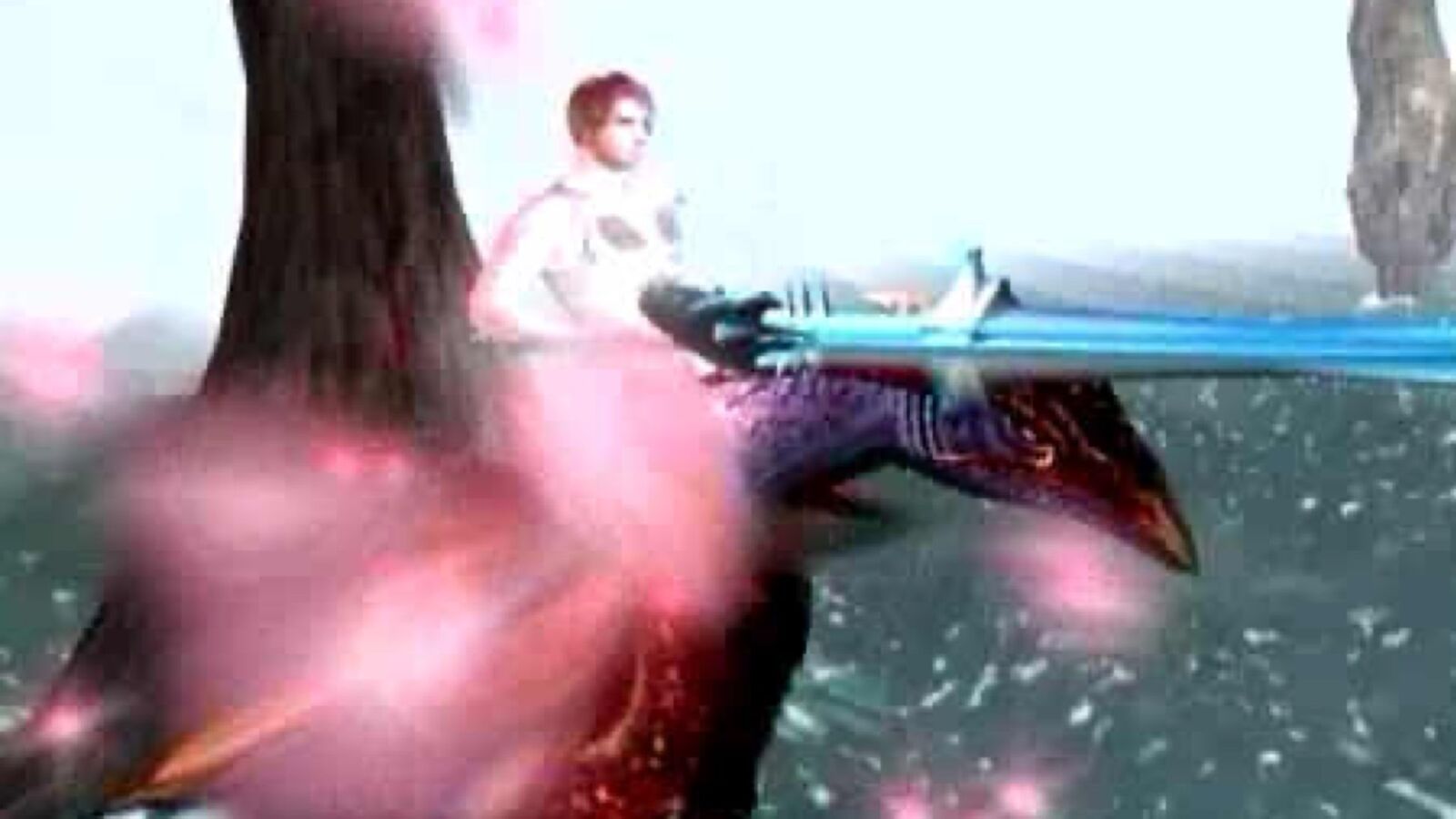
What is an abstract board game? You’ve probably played some of the famous classic ones: Chess, checkers, Go, and mancala are popular examples that many of us learn to play as children. Simple rules and geometric patterns unfold into layers and layers of strategic depth across centuries of replayability.
You don’t have to play an old classic like chess to get the full abstract board game experience, though. Plenty of new games follow the same template. These 10 abstract board games blend strategy with geometry and pattern recognition to provide hours of two-player fun—with a few three- or four-player games mixed in as well.
Quarto
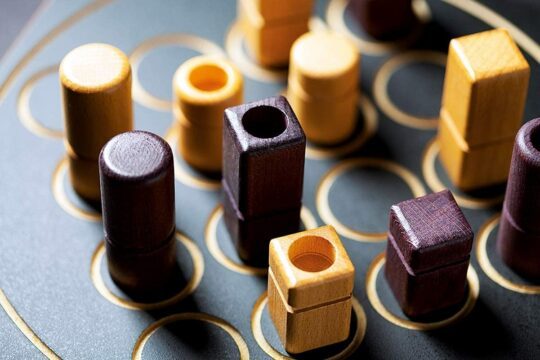
Quarto is a fun and beautiful twist on the standard “objects in a row” style of games like Connect Four or Tic-Tac-Toe. Two players face off on a 4×4 game board, with 16 circles and 16 pieces to place in those circles. The pieces have mixtures of four traits: tall/short, solid/hollow, square/round, and light/dark.
The goal is to place four pieces in a row that share one of these traits, such as four hollow, four tall, four square, and so on. Sounds simple enough, but your opponent chooses the next piece you will place on the board. With only 16 moves in each game, you quickly run out of options. Will you be forced to give your opponent the winning move? Will you even notice where the winning row hides?
Tsuro
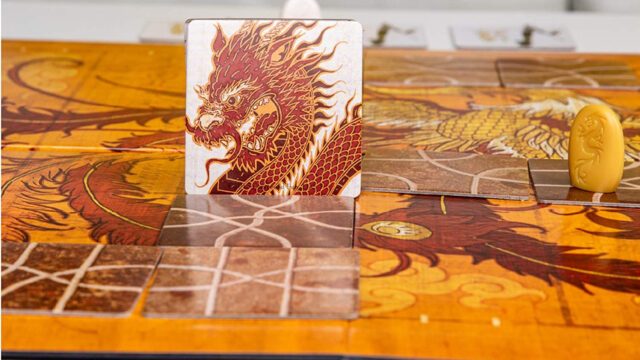
Tsuro is a tile-laying game for 2-8 players, where the goal is to force the other players’ tokens off the board, leaving you with the final piece standing. Each tile has paths connecting eight entrance and exit points, but twisting in all sorts of directions and combinations. When a new tile is laid on the board, any pieces at the edge of that tile must follow the path they’re on until it ends. If the path travels off the board, or if two tokens run into each other, they are eliminated. Lay the path to your victory while avoiding opposing routes of doom.
Hive
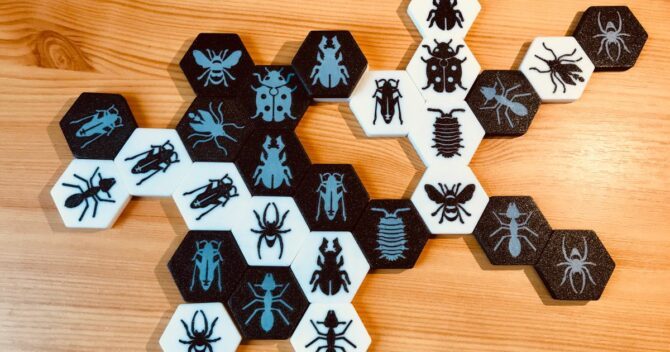
Hive is so abstract that it doesn’t even have a board! You can play it on any flat surface, though we recommend using a table or other sturdy furniture planted firmly on the ground. That’s because Hive is a game about stacking and moving groups of hexagonal tiles with pictures of insects on them. Your goal is to surround your opponent’s queen, moving the massed tiles as a unit to achieve that goal while avoiding the same fate for your own queen.
Abalone
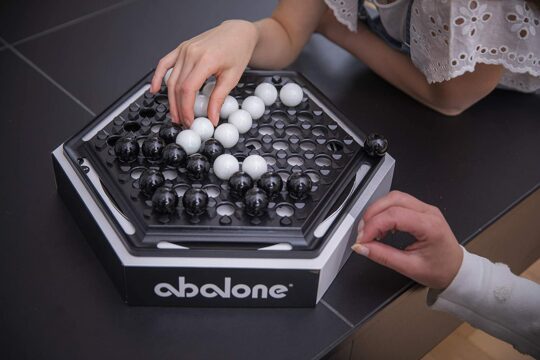
Abalone has similarities with Hive and Tsuro: Black and white balls stay in groups and move together. The goal is to push your balls into position to separate your opponent’s pieces and knock them off the edge of the board. Each player starts with 14 balls of their color, all together on one side of the board. You win once you push six of your opponent’s pieces off the edge of the board. Think carefully and strategize to dominate the play space.
Santorini

Santorini may not look like an abstract game. It’s named after the Greek tourist destination, and the pieces mirror the distinct domed architectural style found there—but the game is pure abstraction. Best for two players, but with variants for three or four, players take turns moving their human figures on the board and constructing levels of buildings.
The goal is to stand one of your figures on the third level of a building. But you have to get up there before an opponent caps the third level with the signature blue domes. With the game’s restrictive movement and construction rules, Santorini is harder than it sounds.
Blokus
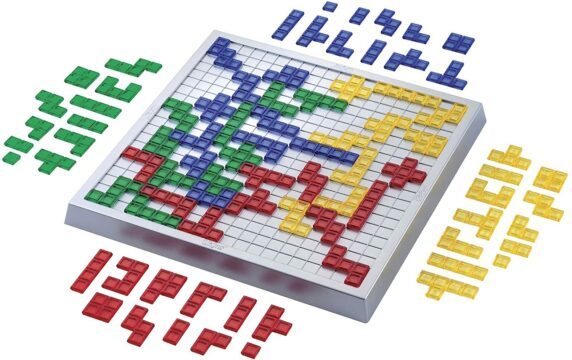
Blokus is an abstract game best for four players, though you can adapt it to two or three opponents as well. The board is a 21×21 grid where players take turns placing Tetris-style multi-block pieces onto the board, touching the corner of one of their previously-played pieces of the same color. Each player has 21 shapes, from a single block to a four-blocks-in-a-line piece. You start in separate corners and eventually overlap and wrap around each other, seeking to block opponents from being able to fit their remaining pieces on the board.
TZAAR
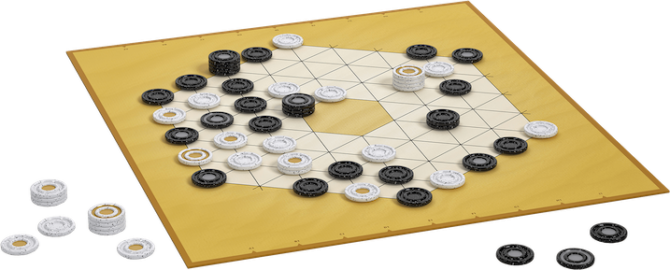
Perhaps the most strategically complicated of the games on this list, TZAAR plays similarly to checkers, where your goal is to eliminate your opponent’s pieces from the board. Instead of moving from one side of a checkerboard to the other and upgrading your pieces into kings, move your pieces onto opposing pieces to eliminate them. You can also stack your own pieces to make them more resilient, at the cost of “removing” the pieces at the bottom of your stacks.
Pieces move adjacently in any direction on the triangular, donut-shaped grid, which starts completely full, slowly opening up and enabling longer-distance moves as pieces are eliminated. The pieces are divided into three designs, and you must maintain at least one of each design on board or else you lose. Build your defenses while isolating and removing your opponent’s pieces and reducing their future choices.
Patchwork
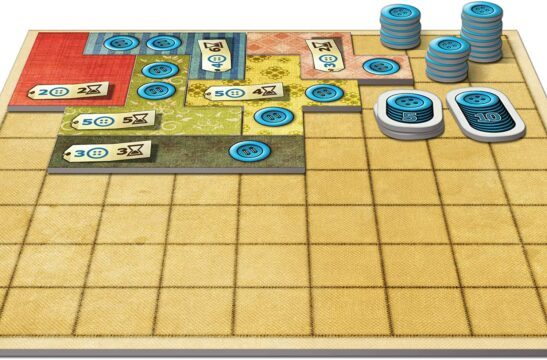
Patchwork is another piece-fitting game with Tetris-style shapes. Players compete to construct a quilt of patterns on the board. The new wrinkle in Patchwork is that placing pieces have costs, and the game balances so that each player has a maximum total cost they can pay over the course of the game. Placing an expensive piece may put you in a strong position, but then you have to wait for your opponent to place multiple cheaper pieces until they catch up.
Onitama
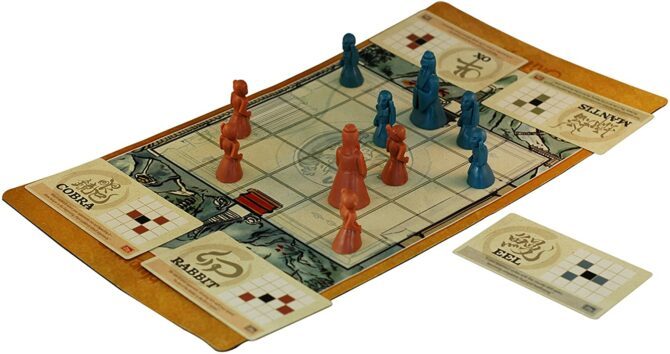
Onitama pits two sides with five martial artist pieces across from each other on a 5×5 board. Cards are dealt to assign specific movement rules to your pieces, but then each turn, you swap movement cards with your opponent, leading to constantly changing strategic positions as your pieces’ movement patterns evolve over the course of the game. At times the game can feel like an elaborate dance, where the two sides approach each other and then miss their goals because of new movement cards. But is that not the nature of marital arts in the first place?
Azul
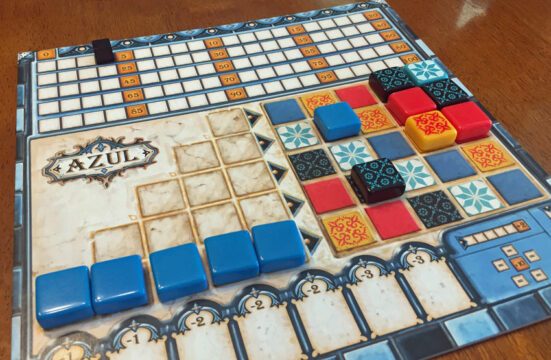
Azul is a gorgeous tile game based on the historic colorful mosaic tiles of Portugal, known as azulejos. Two to four players compete to build the most aesthetically pleasing mosaics out of tiles taken from communal pools. Even if your tile designs fail to earn the most points, they are still cool to look at while they sit in front of you. The beauty and simplicity of Azul led Emily VanDerWerff to write in Vox, “every aspect of playing the game is at once instantly understandable and agreeably fun—right down to how those tiles feel in your hand.” Play Azul and see for yourself.



